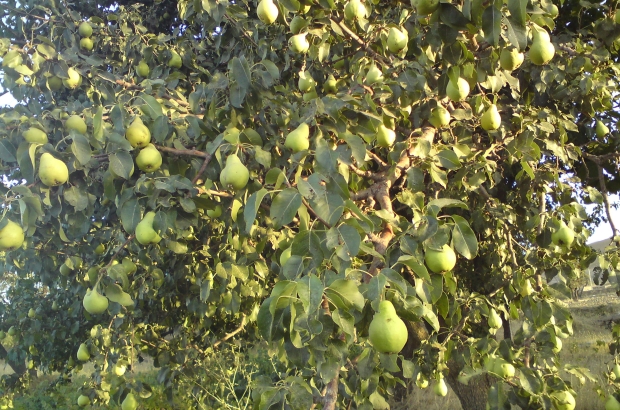- Daily & Weekly newsletters
- Buy & download The Bulletin
- Comment on our articles
Fruits and nuts grown in Brussels are good quality, study finds
Fruit and nuts grown on trees in Brussels – both in private and public areas – are generally of good quality, according to the results of the Arbres project, which surveyed the region’s trees.
During the summer and autumn of 2022, Arbres collected 280 samples from the fruit and nuts of 12 different types of trees spread throughout the city, including grapevines, chestnut trees, hazels, apple trees, cherry trees and fig trees.
The Arbres consortium worked with the ULB's Plant Ecology and Biogeochemistry Unit (EVB) to analyse concentrations of trace metals (TMEs) in soil and fruit in the Brussels region.
Specifically, researchers looked at lead, cadmium, zinc, copper and nickel levels. Excessive metal traces were found in only a small number of those trees.
For zinc, copper and nickel, most of the results were below the maximum permitted levels. But for lead and cadmium, levels were exceeded in a few places. For currants and blackberries in particular, cadmium levels are too high. For lead, hazelnuts, walnuts, grapes and blackberries are concerned.
High metal levels are mainly caused by road traffic, industry and incinerators. Building materials such as concrete and paint also play a role.
With long-term exposure, cadmium can disrupt kidney function, while lead can impair learning ability, cause high blood pressure and affect neurological development in foetuses, infants and children.
The survey was carried out with the support of Innoviris, the research and innovation agency of the Brussels region.



















